Learn how financial institutions are adopting AI, machine learning, and MLOps to modernize risk decisioning, reduce bias, and strengthen regulatory compliance. Partner with Anaptyss to accelerate your AI transformation journey.
The financial services landscape is undergoing a profound paradigm shift, fundamentally reshaping how core functions like risk pricing, underwriting, and portfolio management operate. For banking executives, financial analysts, and risk managers, the integration of Artificial Intelligence (AI) is no longer an emerging trend; it is today’s competitive imperative. Financial institutions that successfully integrate AI are moving from reliance on historical metrics to adopting highly granular risk assessment tools to secure a crucial competitive advantage in an increasingly volatile global economy.
This transformation is driven by convergent pressures, such as the need for enhanced operational efficiency, the demand for more personalized risk pricing, and the escalating complexity of systemic risks. While traditional, history-based models have long provided a necessary baseline, their inherent limitations—including slow processing, constrained scalability, and a fundamental blindness to structural market changes—make them inadequate for managing modern risk.
Traditional Risk Models Can’t Keep Up
For decades, risk assessment, particularly in commercial real estate (CRE) lending, has been built on conventional actuarial methodologies or standardized ratios. In lending, processes heavily rely on established financial ratios like the Debt Service Coverage Ratio (DSCR) and Loan-to-Value (LTV) ratios, coupled with manual underwriting based on historical performance.
Emerging threat vectors such as deep-fake and synthetic identity fraud increasingly require advanced AI-driven detection frameworks.
Traditional methods struggle to incorporate real-time market fluctuations, dynamic transactional behaviors, and complex, non-linear patterns that define true risk today — resulting in:
- Slow decision cycles and prolonged underwriting timelines
- Limited scalability across high-volume lending portfolios
- Weaker predictive power for emerging and systemic risks
- Persistent manual workloads that elevate operational costs
Why Banks Are Adopting AI for Risk Management
The adoption of AI and Machine Learning (ML) techniques—including advanced ensemble methods such as Gradient Boosting and Deep Learning—provides banks and financial institutions with dramatically improved accuracy and efficiency.
- Faster Decisions & Lower Costs
Operational cost reductions of 20–30% and straight-through processing rates of 80–90% enable loan decisions in minutes instead of days. - Better Use of Data You Already Have
Generative AI and NLP automate the extraction of insight from thousands of pages of documents — like leases and KYC files — with high accuracy.
To maintain reliability and auditability at scale, organizations are adopting robust MLOps governance frameworks.
AI Governance Is Now a Regulatory Priority
Regulators are increasingly scrutinizing automated decision-making in risk and lending. Two areas are top of mind—
- Bias & Fair Lending Risk — Algorithms trained on historical patterns can reinforce inequities without strict fairness controls.
- Decision Explainability (XAI) — Regulators expect clear explanations for how risk decisions are made, especially those affecting customers.
Financial institutions must embed transparency, human oversight, model validation, and robust control frameworks to align with global compliance expectations. Explore deeper guidance in our white paper on AI/ML model risk management.
The Best Model – AI + Human Expertise
Human judgment remains indispensable. The most effective approach is not replacing people — it’s augmenting them.
AI delivers scale, speed, and complex signal detection. Human underwriters provide contextual understanding, regulatory judgment, and accountability. This balanced model:
- Improves confidence in lending decisions
- Supports customer experience with faster service
- Maintains regulatory and ethical oversight
Conclusion
The deployment of AI-based risk models represents a fundamental and necessary disruption to traditional financial methodologies.
Anaptyss enables banks to adopt explainable, compliant, and scalable AI models.
From underwriting automation to real-time portfolio monitoring and GenAI workflows, we ensure advanced intelligence with human oversight.
Ready to accelerate AI adoption with confidence and control? Contact our experts at info@anaptyss.com.



